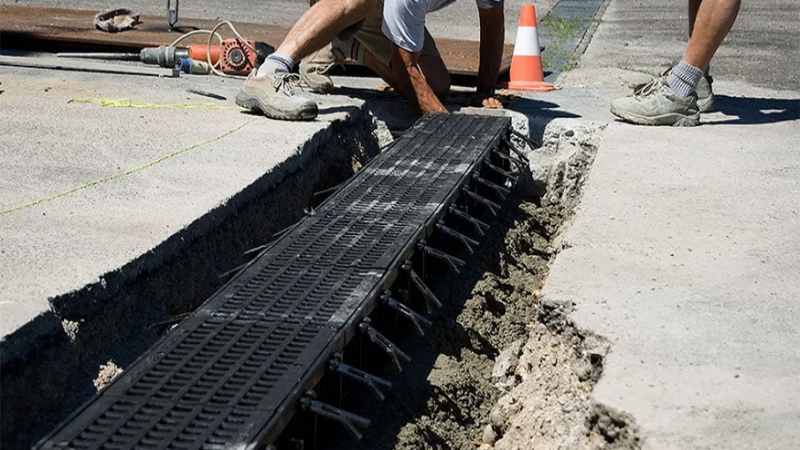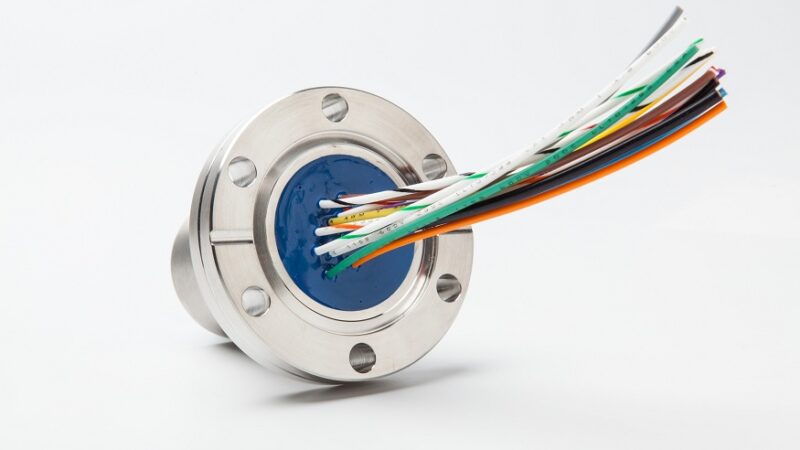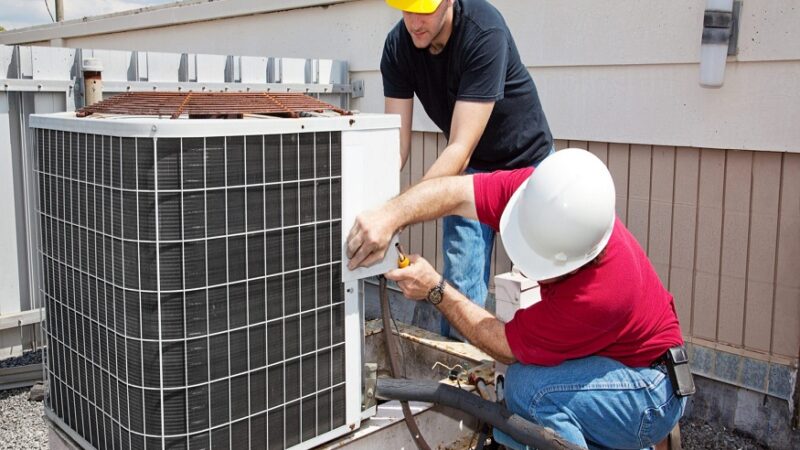What are the Benefits of Using RSJ Beams in Residential Construction?

Steel buildings are incredibly dependable.Additionally,RSJ beams satisfy the majority of the assumptions made in the derivation of the analysis and design formulas, making the findings produced accurate due to the material’s true homogeneity and elasticity. Due to the heterogeneous nature of the material, cracking, and nonlinearity of the stress-strain relationship, this may not be the case for concrete structures.
Some of the benefits of using RSJ beams include the following;
1. Business Practices
In factories, rolled steel sections are produced. In factories, the members may also be chopped and readied for assembly. The sole connection of these parts is done on-site by welding various parts together and adding rivets or bolts.
There has been much prefabrication adaption in that occasionally the structure’s components are also put together in factories. In such circumstances, manual errors are considerably reduced, construction is completed more quickly, and the overall cost is decreased.
2. Quicker erection and shorter construction times
Due to steel construction’s industrial nature. The work is moving along quickly, which makes the structures cost-effective. Because they can be used sooner, this is the reason. The benefits received from the early utilization of the structure and the decrease in labor and overhead costs all help the economy.
3. Nature of High Strength and Lightweight
Because steel has a high strength-to-weight ratio, the dead loads will be lower. It should be emphasized that dead loads make up a larger portion of all structural loads. The members below shrink even more when the dead load decreases since there is less pressure on them.
This knowledge is crucial for towering buildings, long-span bridges, and other structures with weak foundations.
4. Performance, Stability, And Uniformity
Steel is a relatively consistent and homogeneous substance. As a result, it meets the fundamental presumptions of the majority of analysis and design formulas. The qualities of steel, when properly maintained through painting, for example, do not vary much over time; in contrast, the properties of concrete in a reinforced concrete building change significantly over time. Steel constructions are hence stronger.
5. Flexibility
Because it adheres to Hooke’s rule up to relatively large loads, steel conforms more closely to design assumptions than the majority of other materials. If the stress-strain diagram stays in a straight line, the stress generated remains proportional to the strain applied. The moments of inertia of a steel structure may be precisely estimated since the steel sections do not fracture or tear before the maximum stress. A reinforced concrete structure’s moments of inertia are not very precise.
6. Ductility And Failure Warning
A conventional tension test specimen may elongate by up to 30% following fracture, depending on the test. In the event of overloads, this provides obvious deflections of indications of impending failure. To keep the structure from collapsing, the extra loads might be removed. There is time for inhabitants to leave the structure even if collapse does occur.
High-stress concentrations form at various locations in structural members when subjected to normal loads. Due to the typical structural steel’s ductile character, it can locally yield at specific spots, spreading the stresses and minimizing early failures.
Conclusion
Structural steel is used to build large transmission towers, long-span bridges, and high-rise skyscrapers. Plate girders or trusses can be used in the design of industrial structures up to a span of 90 meters. Plate girders are used to construct bridge spans up to 260 meters. Through truss bridges have been built with spans up to 300 meters.






